Growing cauliflower outdoors
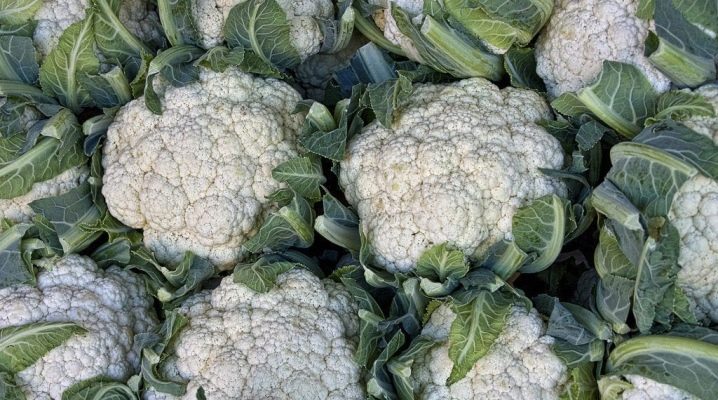
Cauliflower is a rather capricious plant that needs proper care. Therefore, before planting a vegetable on your site, you should find out all the necessary information about it.
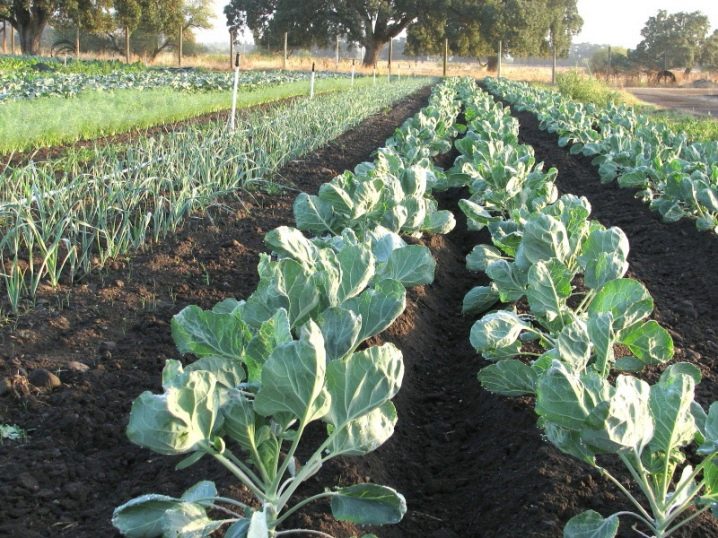
The necessary conditions
Of all types of cabbage, cauliflower is the most demanding in terms of growing conditions. Therefore, the choice of a suitable place for its planting should be approached responsibly. You need to pay attention to important points.
- Illumination. Cauliflower is a light-loving plant. So, you need to plant it in open sunny areas. If the cabbage grows in the shade, the plants will start to stretch out and become weak.
- The soil. Cabbage loves fertile land. If the plants lack some nutrients, they will often get sick. Before planting, the soil must be fertilized using both mineral and organic components. To make the plants sick less often, the soil should be treated with a solution of "Fitosporin" before planting cabbage on the garden bed.
- Predecessors. An important role is also played by what plants were on the site earlier. Bad precursors for this vegetable are radishes, beets, tomatoes and all types of cabbage. To grow healthy and strong plants, they should be planted where green manures, legumes or potatoes used to grow.
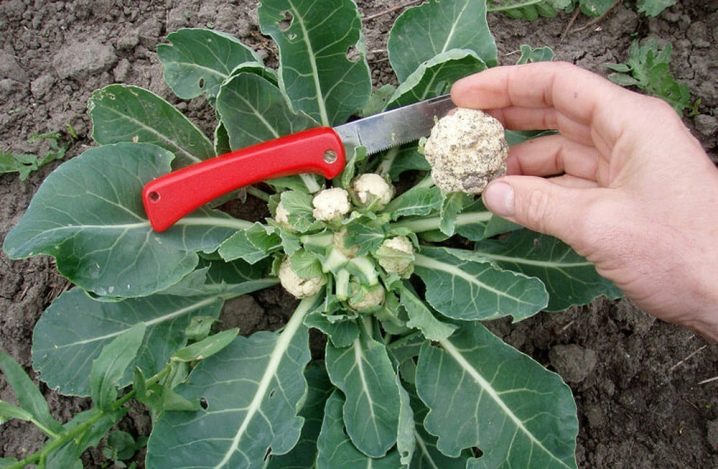
It is also important to protect the site from winds. This is to ensure that the plants do not break down during bad weather.
Timing
Since cauliflower is a heat-loving plant, it should only be planted after the onset of warmth. As a rule, gardeners are engaged in planting vegetables from April to June. The timing of this procedure depends on the characteristics of the local climate.
Some gardeners plant late cabbage in their area. It is worth sowing such plants in the first half of summer.
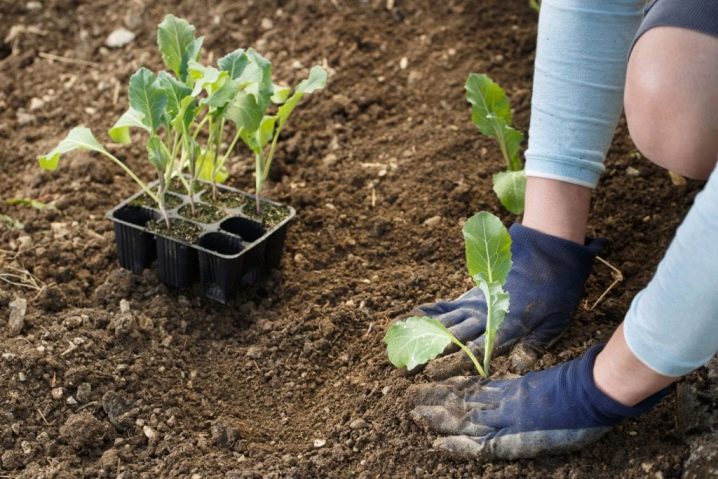
When choosing the right time for planting cauliflower, you can also focus on the lunar calendar. This method is used by many gardeners.
Landing
To make the plants more resistant to diseases, pests and negative weather conditions, it is recommended to prepare the planting material before sowing. This process consists of several stages.
- Calibration. First you need to sort out the seeds and get rid of damaged or too small specimens. You can also check the planting material for germination by placing it in a glass with saline solution. Most of the seeds will remain at the bottom. Those copies that come up should be thrown away. The rest - rinse under running water.
- Disinfection. The planting material also needs to be disinfected. To do this, it is placed in a container with a weak solution of potassium permanganate. After 1-2 hours, it must be removed from the glass, rinsed and dried.
- Growth stimulant treatment. You can buy the product you want at a gardening store. You must use it following the instructions on the package.
- Hardening. Prepared seeds for a day must be moved to a cool place. It is best to put them in the refrigerator. The next day, the seeds need to be moved to the warmth, and then another day to the cold.
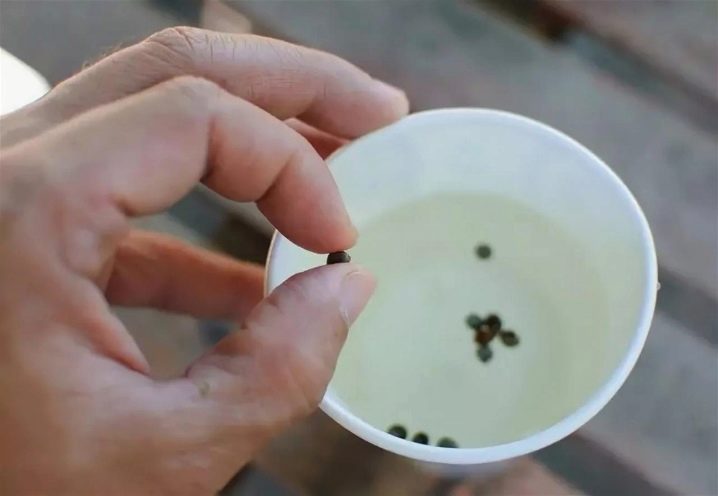
It is also necessary to pay attention to the garden in which the cabbage will be grown. The soil should be loosened and leveled with a rake.
Next, in the selected area, you need to dig several small holes. The distance between individual bushes and rows should be within 25 centimeters.
Several seeds are placed in each recess. Experienced gardeners recommend sowing 2-3 grains in each hole. In this case, the germination rate will be higher. The seeds placed in the soil are sprinkled with humus. If this is not possible, you can use ordinary loose soil.
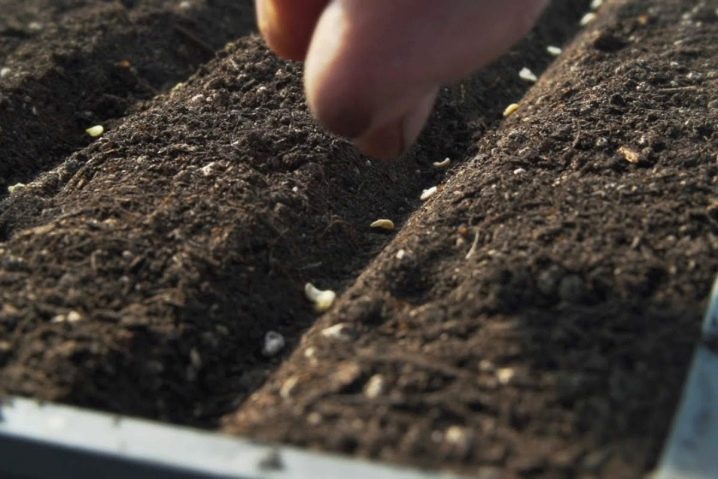
It is recommended to cover each of the holes with a cut plastic bottle or glass.
The first shoots on the site will appear a week after sowing the seeds. If all the seeds have sprouted, you need to carefully remove the excess shoots. Do not uproot them. It is better to carefully cut them off at the very base with sharp scissors.
Some gardeners grow plants in seedlings. This allows you to harvest much earlier. Growing seedlings is easy enough. The seeds also need to be disinfected and germinated. The soil for them is prepared from mixed in equal proportions of humus and fertile soil. You can also add a small amount of wood ash to the container with soil.
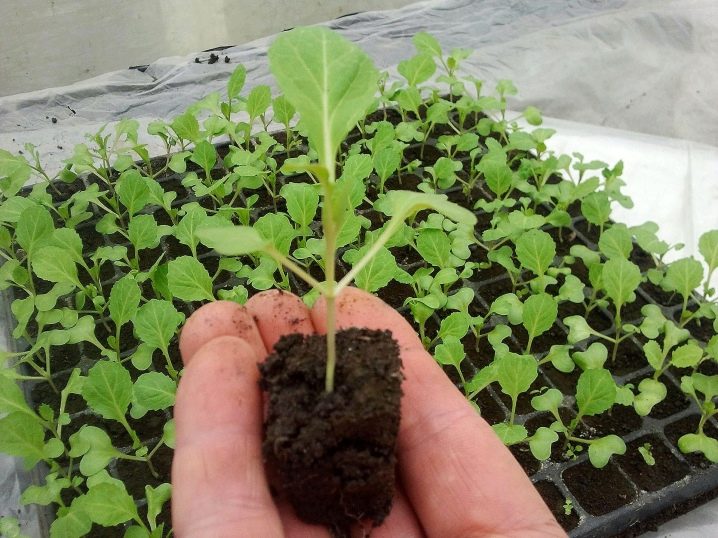
The resulting soil mixture should be poured into cups with holes in the bottom. It is not recommended to use large containers for growing seedlings at home, because the plants do not tolerate picking very well.
It is recommended to shed the earth with "Fitosporin". In this form, containers with soil must be left for a day. After that, you can start planting seeds in the ground. It is recommended to cover cups with cabbage seeds with transparent film. They can be stored both in the greenhouse and on the balcony or windowsill. As soon as the first shoots appear in the glasses, the film must be removed.
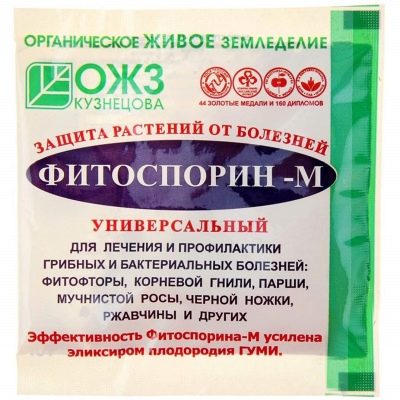
Cauliflower seedlings grow quite quickly. You can transplant it into open ground in a month and a half after the appearance of the first shoots. At this time, each seedling will have about four full leaves. The seedling planting scheme does not differ from the seed planting scheme. When transplanting plants, the main thing is to carefully remove them from the cups along with a lump of earth.
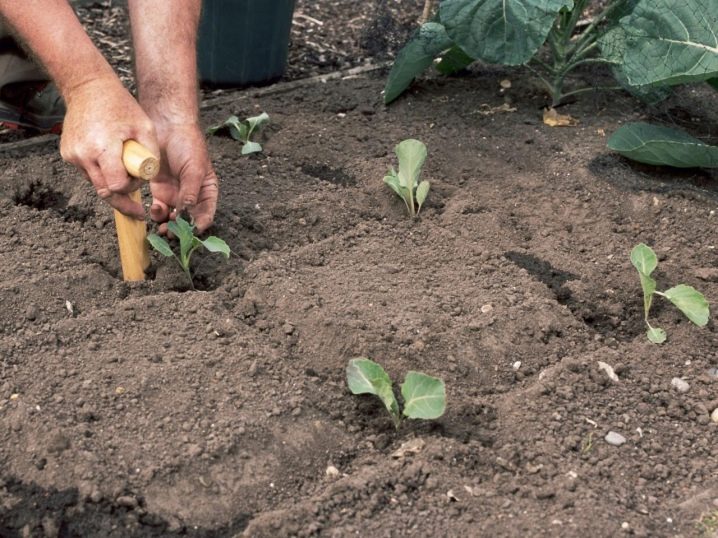
How to care?
After planting the cabbage, it is important to provide it with proper care. Agricultural technology includes regular watering, loosening and mulching the soil, as well as fertilizing.
Watering
Cauliflower growing at home should be watered regularly. For the first time after planting, this is done twice a week. Then the frequency of watering can be reduced. It is very important to take into account the weather conditions when growing cabbage. In dry weather, plants are watered more often, in rainy weather, watering is canceled.
It is worth remembering that cauliflower reacts very badly to chlorine. Therefore, it is recommended to water it with settled rainwater.
It is best to keep it warm. For this reason, it is recommended to water the plants in the evening using water from barrels that have been in the sun all day.
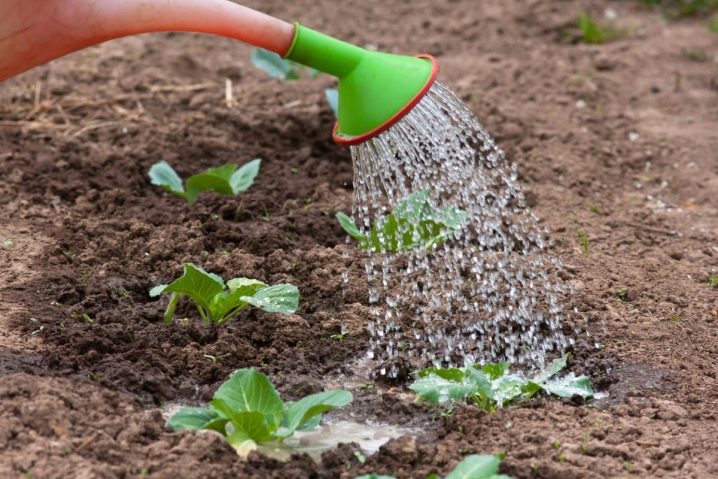
Top dressing
You need to fertilize cabbage growing in the open field several times per season.
- Two weeks after planting. At this time, plants need fertilizers with a high nitrogen content. Urea or mullein solution is best suited for plant nutrition.
- During the formation of ovaries. When the heads of the cabbage are tied, it is fed with complex mineral fertilizers.
- After tying the heads. At this time, nitrogen fertilizers are no longer used. Usually, cauliflower at this stage of development is fed foods with potassium and phosphorus. This improves the taste of the cabbage and its keeping quality.
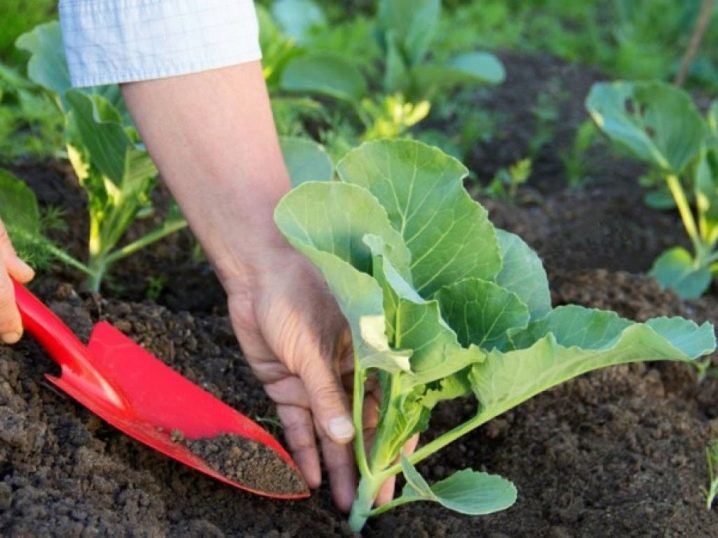
It is recommended to combine top dressing with watering. This will allow nutrients to reach the plant roots faster.
Shading
So that the scorching rays of the sun do not harm young inflorescences, it is recommended to shade them. Usually gardeners use the adjacent foliage for this purpose. It is collected in a bun and carefully fixed with a thin cloth or elastic bands.
If you ignore this procedure, the snow-white inflorescences will begin to turn yellow and become covered with dark spots.
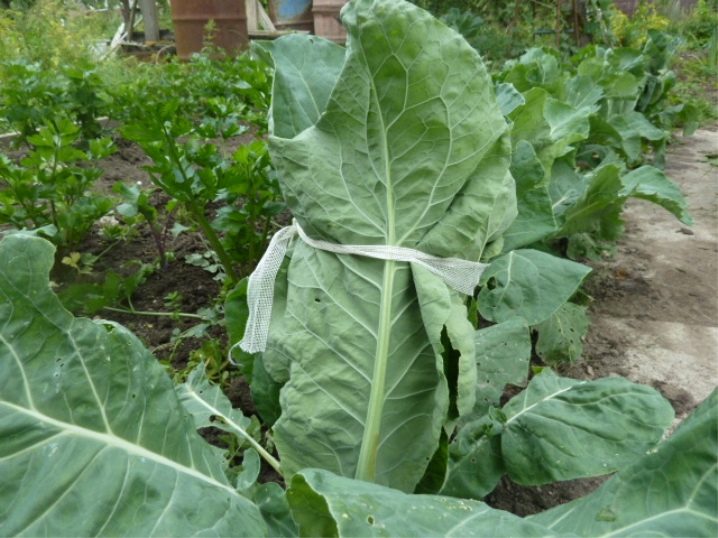
Loosening and hilling
Since the root system of cabbage is located close to the soil, you need to loosen the soil in the beds carefully. Regular hilling will help promote more active growth of cabbage. This should be done both in the first stages of growing plants and after the cabbage has started.
It is also recommended to mulch to retain moisture in the soil of the garden. For this purpose, you can use humus, peat or hay. The mulch layer should be renewed regularly.

Diseases and pests
When growing cauliflower, it is important to remember what pests and diseases are dangerous for it. Most often, plants are affected by fungal and bacterial diseases.
- Bacterial spotting. It is easy enough to recognize this disease. Small watery spots appear on cabbage foliage, which darken over time. In the future, the foliage of the plants begins to turn yellow and dry. You can prevent cabbage infection by observing crop rotation and using high-quality planting material. If the plants are still affected by the disease, they must be dug up and destroyed.
- Mucous bacteriosis. This is another common disease. The foliage of diseased plants becomes covered with watery spots. They also turn brown over time. Pest control and adherence to agricultural practices will help protect plants from disease.
- Alternaria The foliage of diseased plants is covered with brown spots with a yellow border. They dry out over time. Because of this, the foliage looks riddled. To combat this disease, it is worth using fungicides. Folk remedies will not help save cabbage.
- Keela. This is a fungal disease that affects all types of cabbage. It is quite difficult to notice it. The fact is that, first of all, cabbage roots, on which galls are formed, suffer from it. If the disease affects young plants, they die. In an adult cabbage, heads of cabbage are simply not tied. To prevent infection of plants, the beds must be cleared of weeds and plant debris. Do not plant cabbage in areas with too acidic soil.
- Blackleg. This disease most often affects young plants. The stalks of ailing cabbage are small and harden. Because of this, the disease is also often referred to as "wire leg". To prevent the spread of the disease, seeds are treated with fungicides before planting.
- Phytophthora. This disease affects all cruciferous plants. It develops most actively during periods when the humidity rises and the temperature decreases. The foliage of diseased plants begins to turn red, and then dies off. It is useless to fight this disease. Therefore, it is important to avoid contamination of the cabbage. For this, the soil and planting material are disinfected before planting cabbage.
- Fusarium. This disease is also called jaundice. It got its name due to the fact that the foliage of ailing plants acquires a yellow color. In order to prevent the spread of the disease, "Fitosporin" can be added to the water when watering plants.
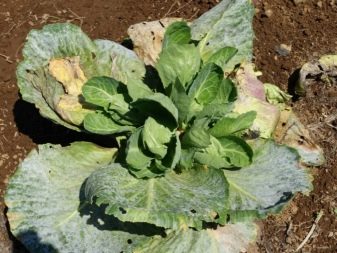
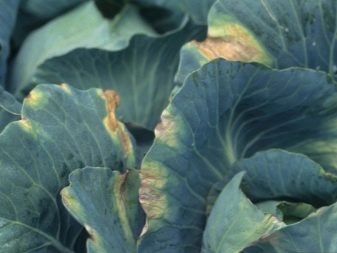
Pests such as cruciferous fleas, aphids, white beetles and scoops are also dangerous to cauliflower. To control insects, you can use tobacco dust or clean wood ash. Decoctions with a pungent aroma also work well. These can be products with garlic, onion or tomato tops. If there are a lot of pests on the site and it is not possible to cope with them with folk remedies, gardeners should use insecticides.
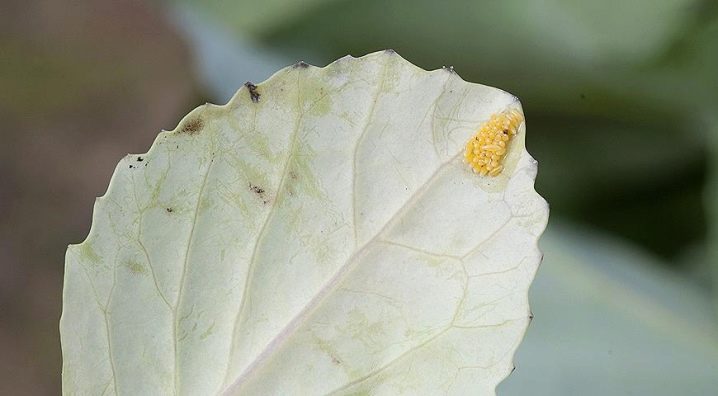
Harvesting and storage
It is worth harvesting after the cauliflower reaches technical ripeness. The early varieties ripen on average in 70 days, the middle ones - in 110, the late ones - in 120. It is not worth delaying the collection of inflorescences. This can lead to browning of the cabbage. Harvesting cabbage is best done early in the morning.
Most often, the harvested crop is sent to the cellar. Cabbage must first be placed in wooden or plastic boxes.From above it must be covered with plastic wrap. In this form, cabbage can be stored for about a month.
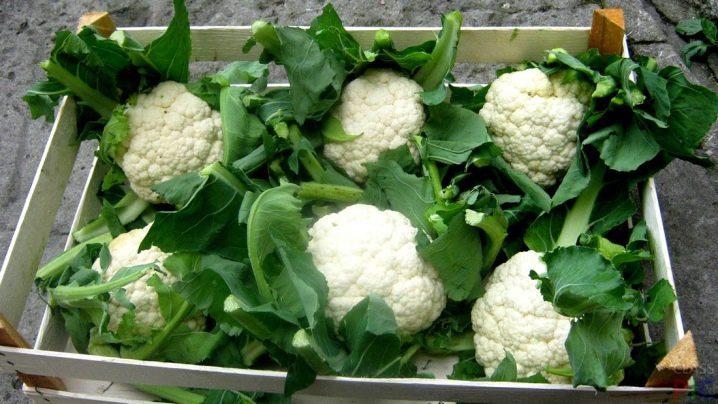
You can store the harvested crop in the refrigerator. There he can lie for up to two months. To extend the shelf life of cabbage, inflorescences should be wrapped in plastic wrap. Plants can also be frozen instead. Cauliflower can be stored frozen for many months. The product can be used to prepare a variety of soups, pies and side dishes.
In general, anyone can grow cauliflower at their dacha. The main thing is to pay enough attention to caring for plants.
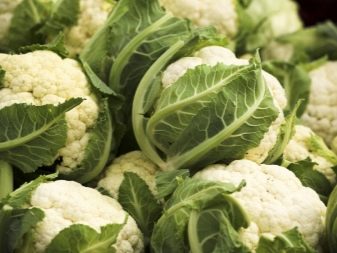






The comment was sent successfully.